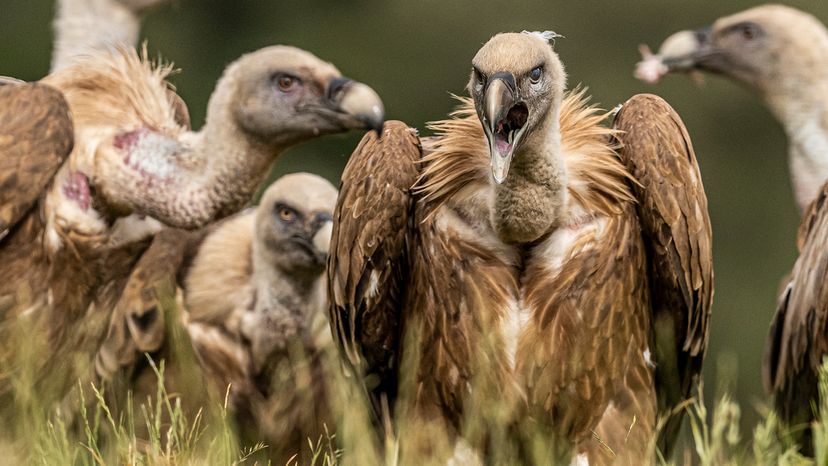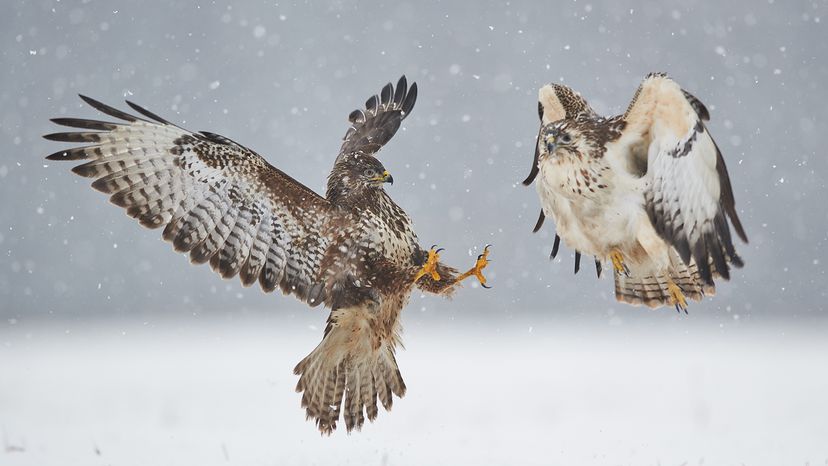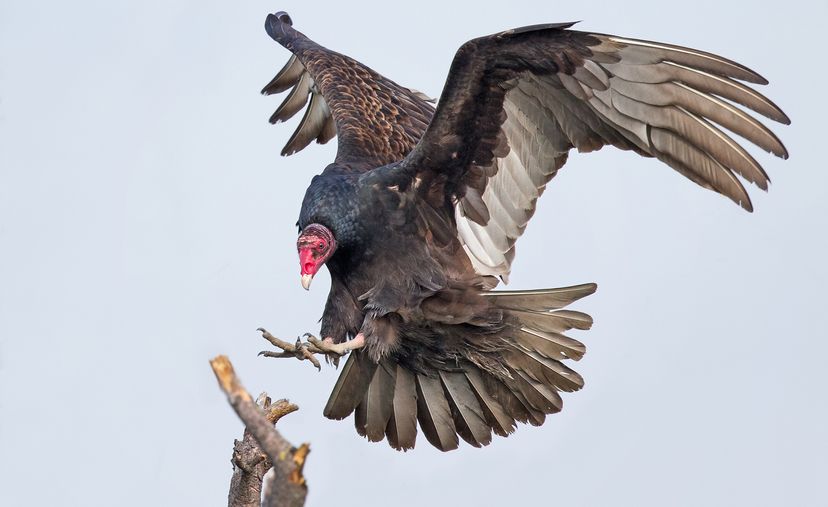
Birds of prey are some of nature’s most fascinating creatures, but when it comes to buzzard vs. vulture species, things can get a little confusing.
In some parts of the world, the term “buzzard” is used to describe hawks, while in others, it refers to certain vulture species. So, are vultures and buzzards the same bird? Not exactly!
Advertisement
Vultures and buzzards both play a vital role in ecosystems, primarily by cleaning up dead animals. While buzzards (like the red-tailed hawk and red-shouldered hawk) hunt small animals, vultures specialize in eating carrion. Let’s dig deeper and explore what makes these scavengers and hunters unique from one another.

